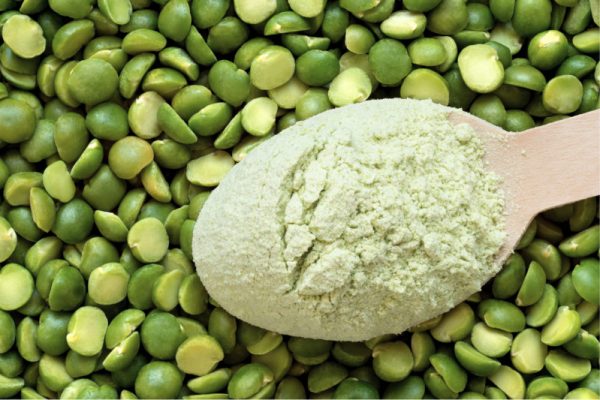
In modern society, as consumers become more aware of health and pay more attention to environmental issues, the research and development of high-quality, functional and sustainable proteins is particularly important. Research shows that compared to consuming protein from meat and dairy, consuming protein from plant sources is not only more environmentally friendly, but also has a variety of health benefits. Therefore, plant-source protein is increasingly recognized and favored by consumers as the preferred alternative to animal protein.
Among many plant-derived ingredients, peas, as a common and nutritious food, are favored by consumers.
As a new alternative protein product, pea protein is a high-protein raw material isolated from peas. Pea protein can not only meet human needs for high-quality protein, but also has the characteristics of environmental sustainability, zero cholesterol, low calories, excellent amino acid ratio, and good digestion and absorption. In addition to being used as a daily nutritional supplement, it is also suitable for lactose intolerance, digestive problems, etc. People with disabilities and vegetarianism have received widespread attention from the scientific community and the market in recent years. Snacks and plant-based beverages such as pea plant milk, pea protein plant-based chicken nuggets, pea series potato chips, pea protein powder and pea protein-based nutrition bars are blooming, and have gradually become the focus of attention in the functional food market.
The new combination of pea protein-polyphenol-iron complex gives this complex excellent functional properties, such as significant antioxidant and antibacterial properties, which can extend the shelf life of food and improve its nutritional value.
This marks an important progress in the application of pea protein and its derivative complexes in the field of food science. This research not only explores the huge potential of pea protein-based functional foods, but also creates new opportunities for wider and deeper applications of pea protein.
